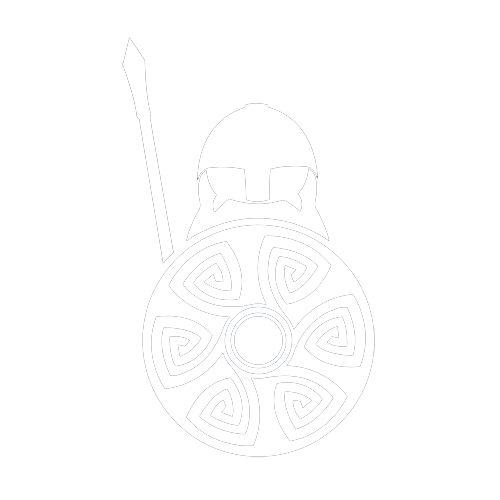Carcassonne the Medieval Walled Citadel
The citadel has vast inner and outer stone walls, measuring 3km, which completely surround the city. Dotted along these walls are 52 towers, some of which date to roman times. It has been occupied by the Visigoths, Saracens and Franks in turn. ‘La Cité’ (citadel or walled city) became a UNESCO World Heritage site in 1997.
Image source Meria Geoian
The citadel has vast inner and outer stone walls, measuring 3km, which completely surround the city. Dotted along these walls are 52 towers, some of which date to roman times. It has been occupied by the Visigoths, Saracens and Franks in turn. ‘La Cité’ (citadel or walled city) became a UNESCO World Heritage site in 1997.
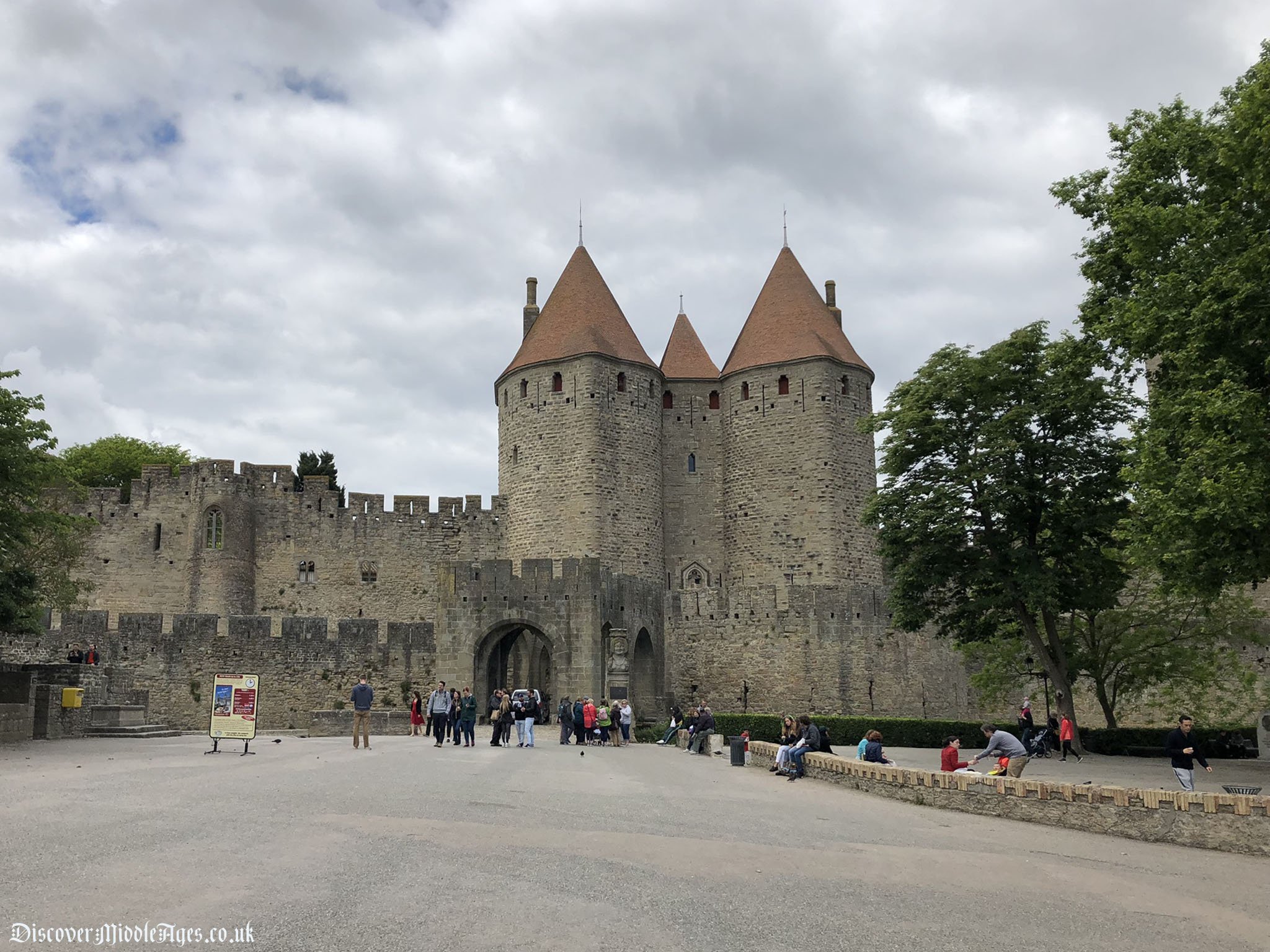
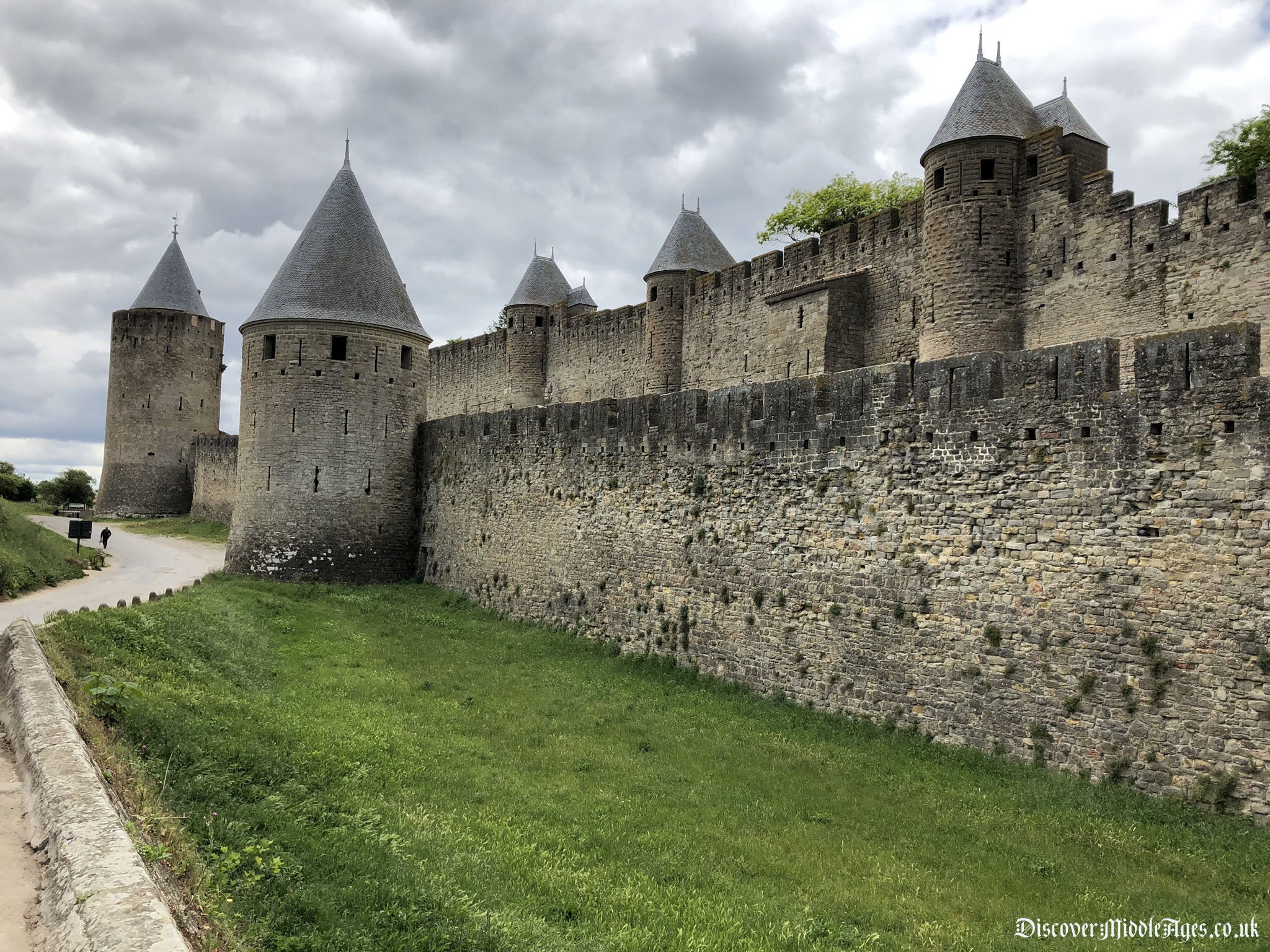

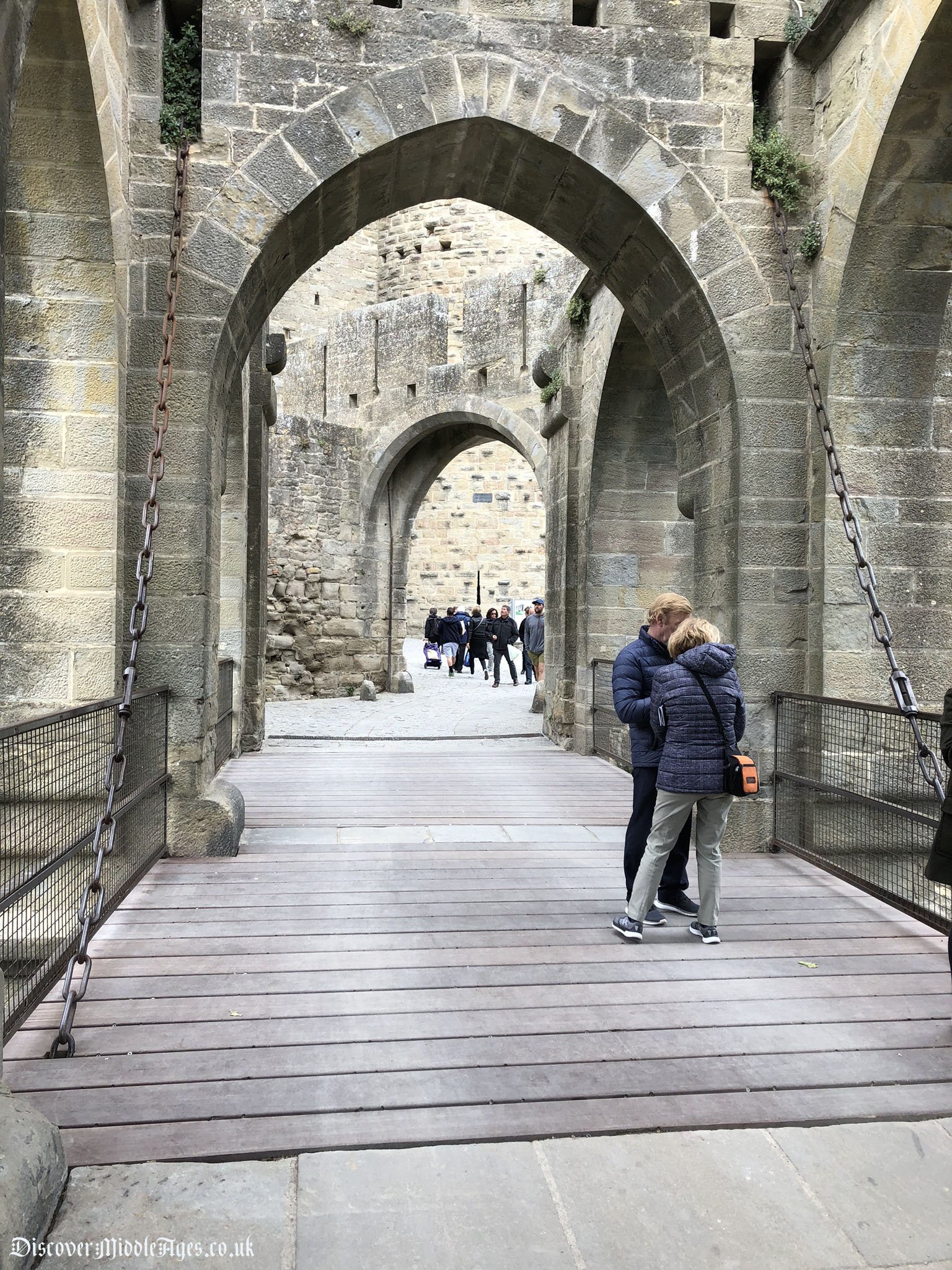
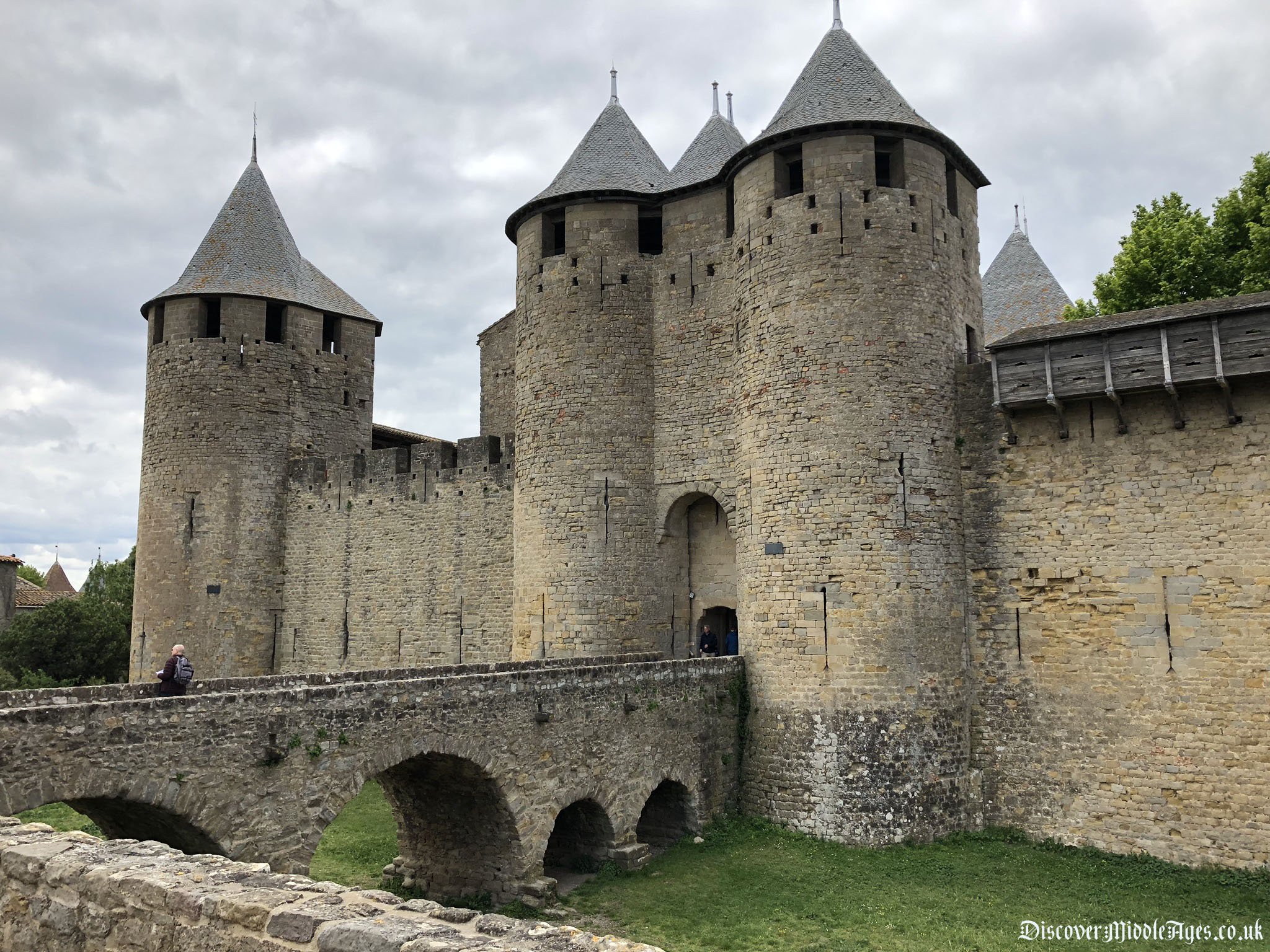
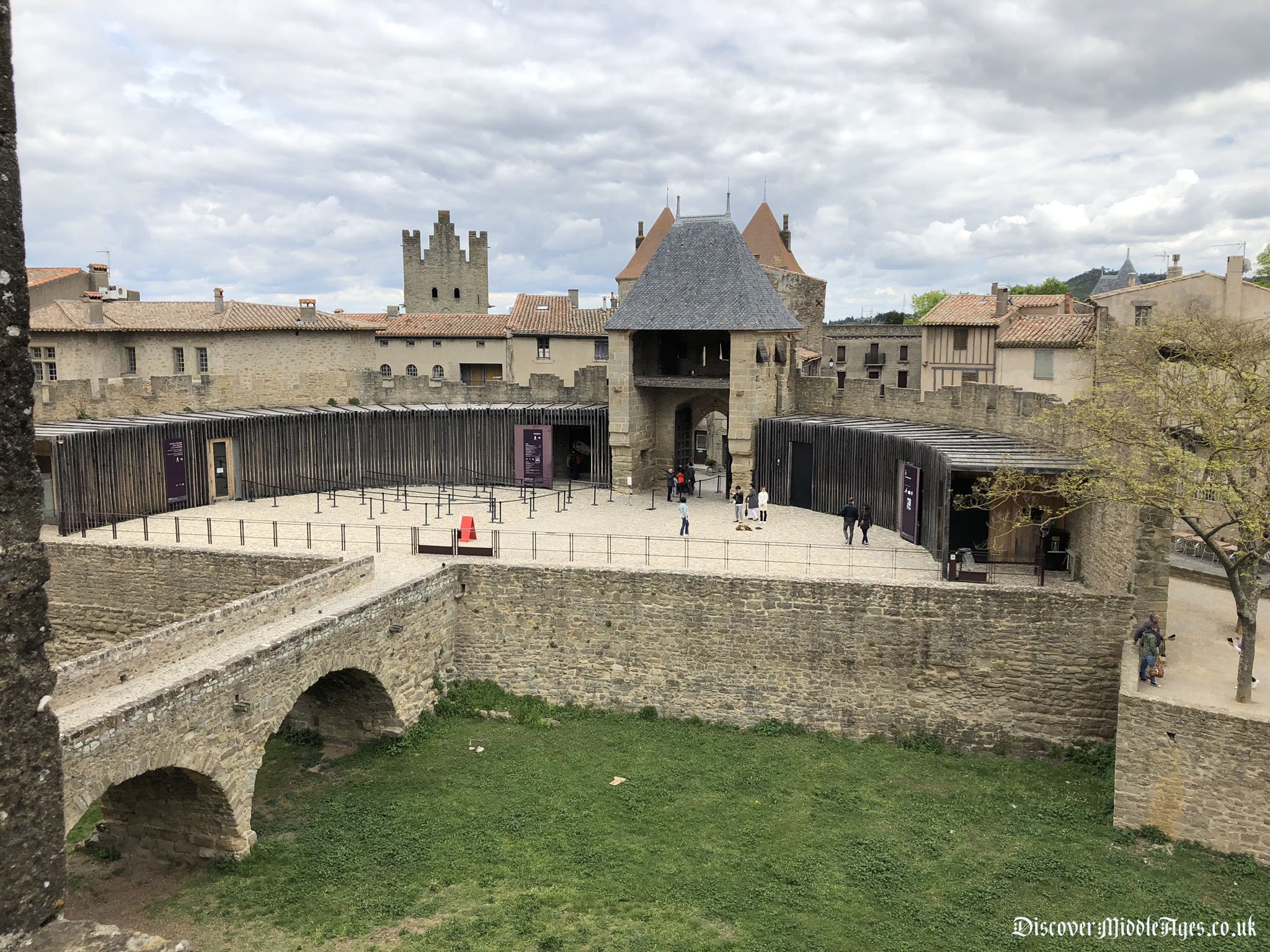
Carcassonne's Ancient History
Carcassonne was originally a pre-roman site, occupied as early as the 5th century BC by the Iberians. It was later fortified by the Romans, who made the site the capital of Colonia Julia Carsaco, later Carcasum. But much of what you see today is from the middle ages and modern restoration work, with the exception of the northern ramparts, which show roman origins.
In 462, the roman 7th Legion (Septimani) gave up the surrounding lands of Septimania to the Visigoth King, Theodoric II, who had controlled Carcassonne since 453. Septimania was an ancient and contested area between the Visigoths and the Romans. It stretched from the Garonne to the Rhône rivers, and from the Pyrenees to the Cévennes.
The Frankish king, Clovis, made an attempt to conquer Carcassonne in 508. However, the Visigoths had improved the fortifications, and the Frankish attack failed. But a few centuries later, in 725, the Saracens from Barcelona had swept across Gaul. They launched an attack on Carcassonne, and successfully seized the fortress.
But the Franks were not going to sit idle. In 759, the Carolingian King Pepin the Short, drove the Saracens off, back to Hispania. Incidentally, King Pepin was father to the great Charlemagne!
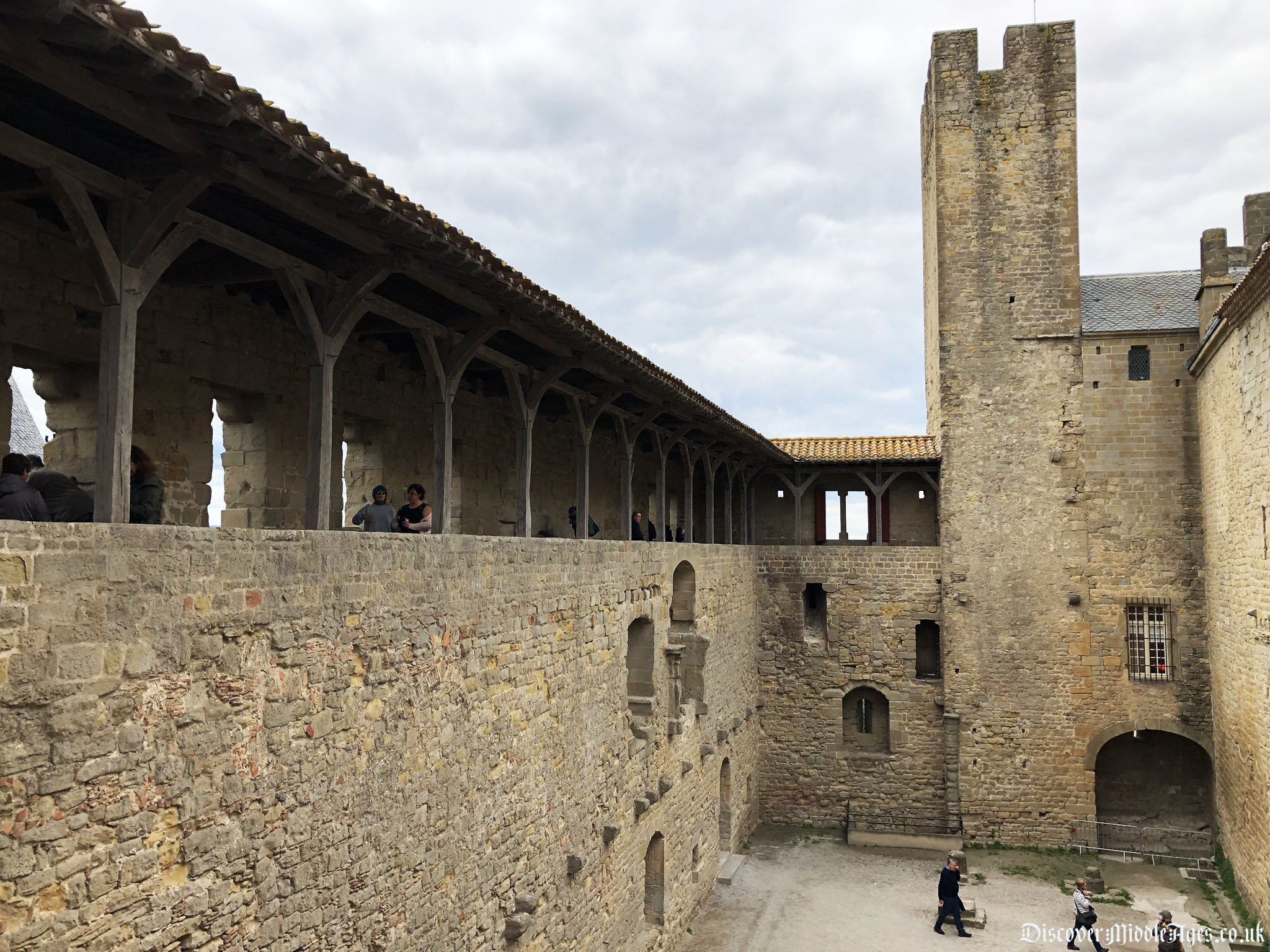
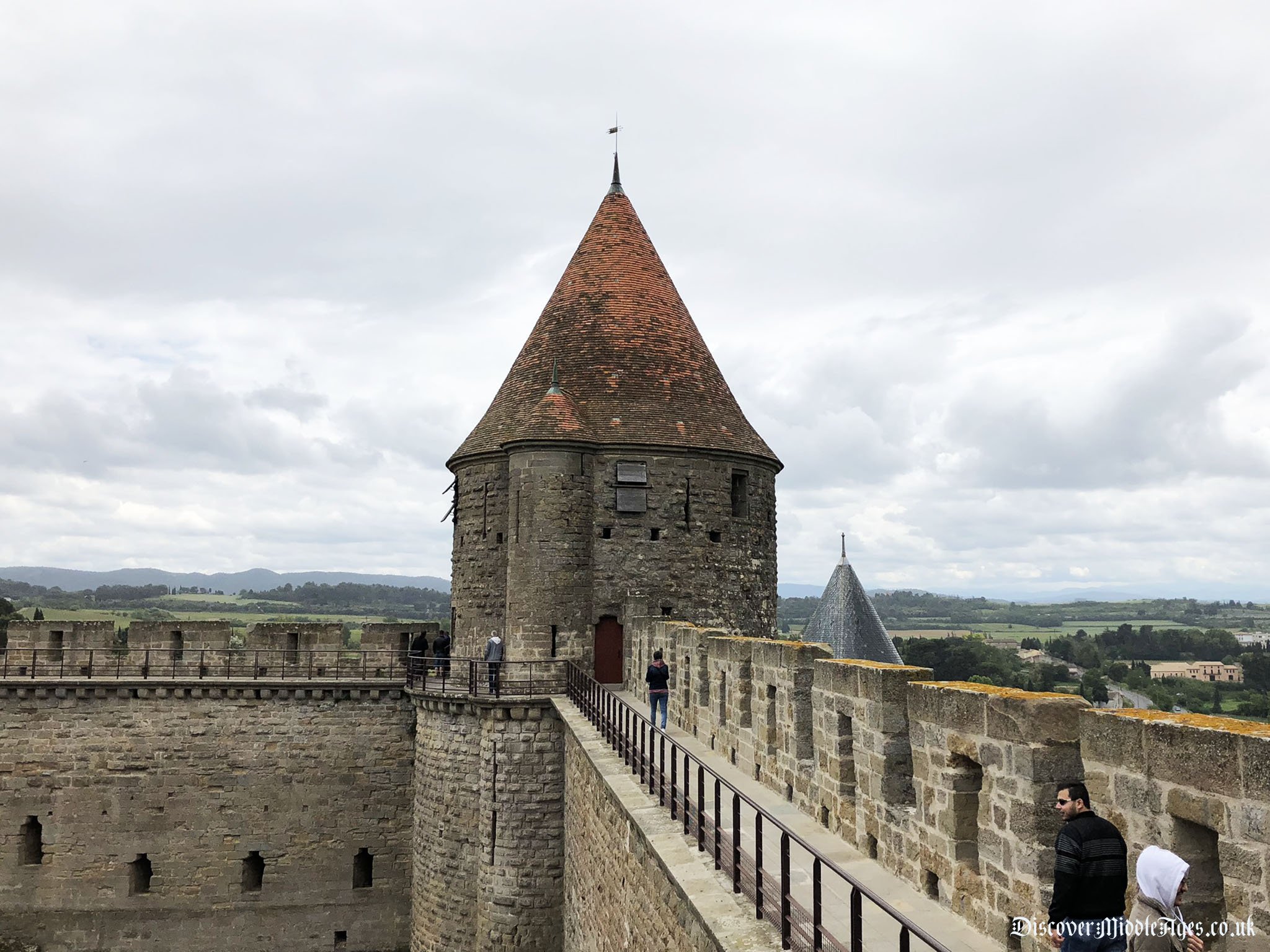
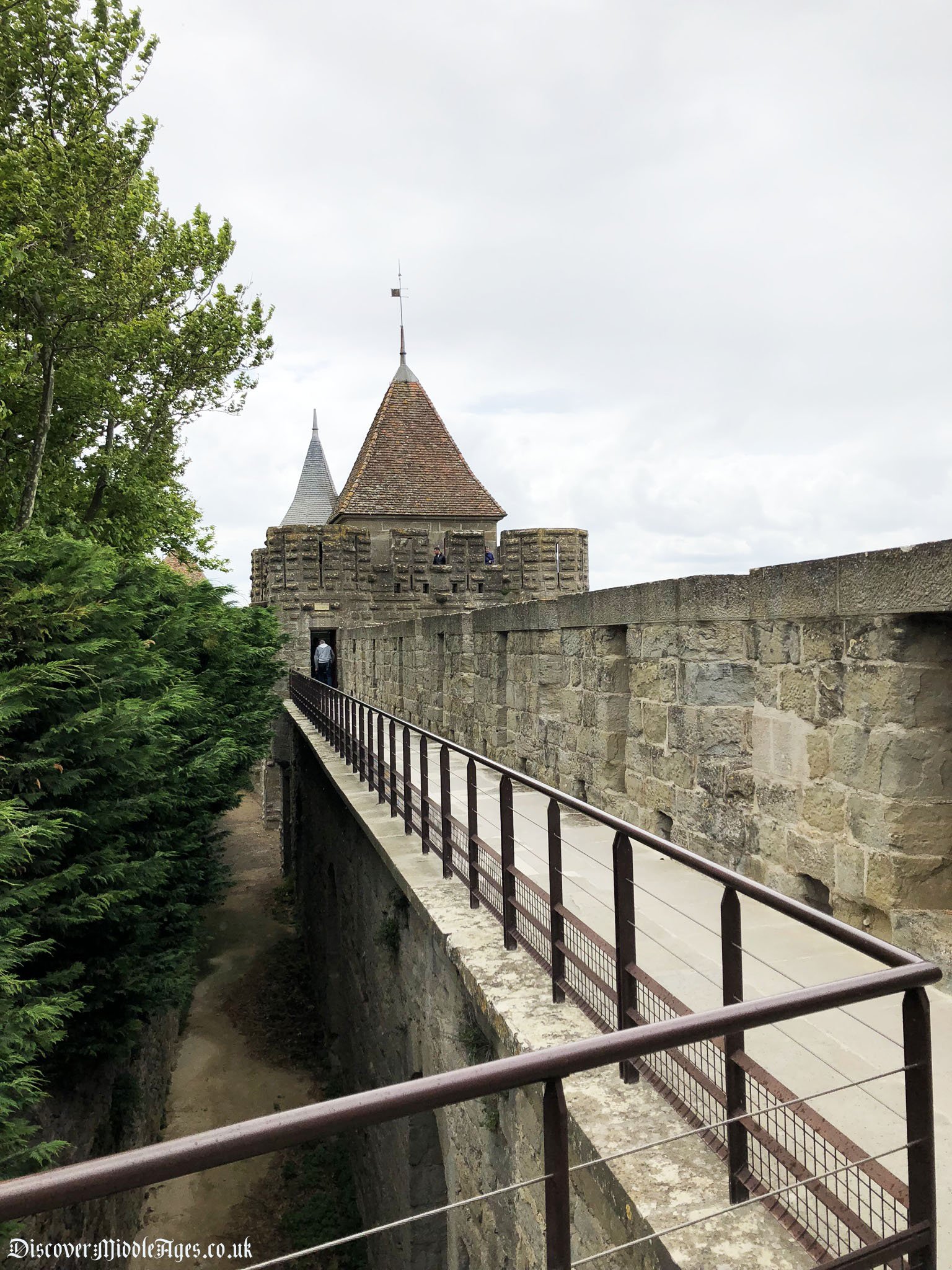
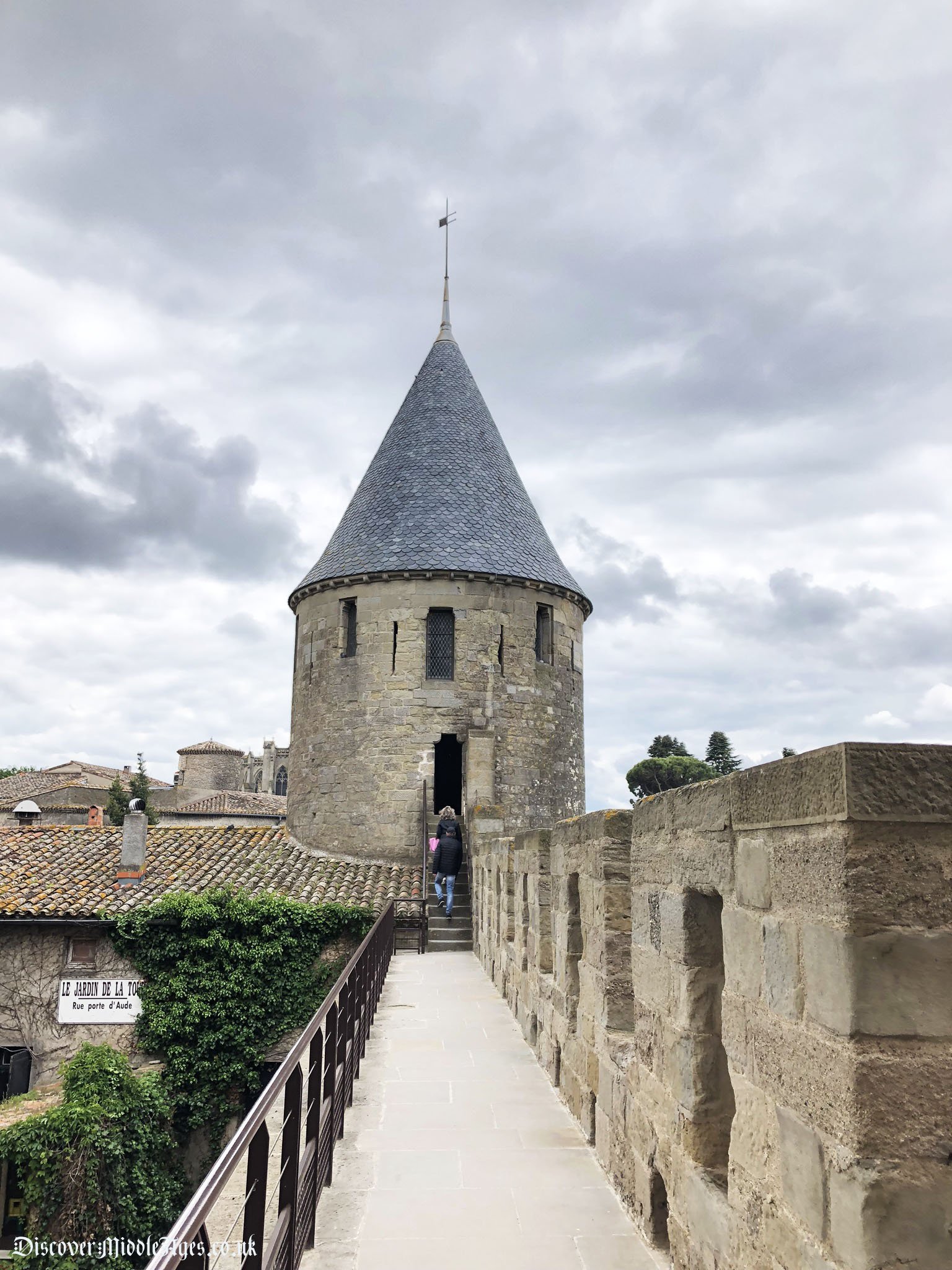

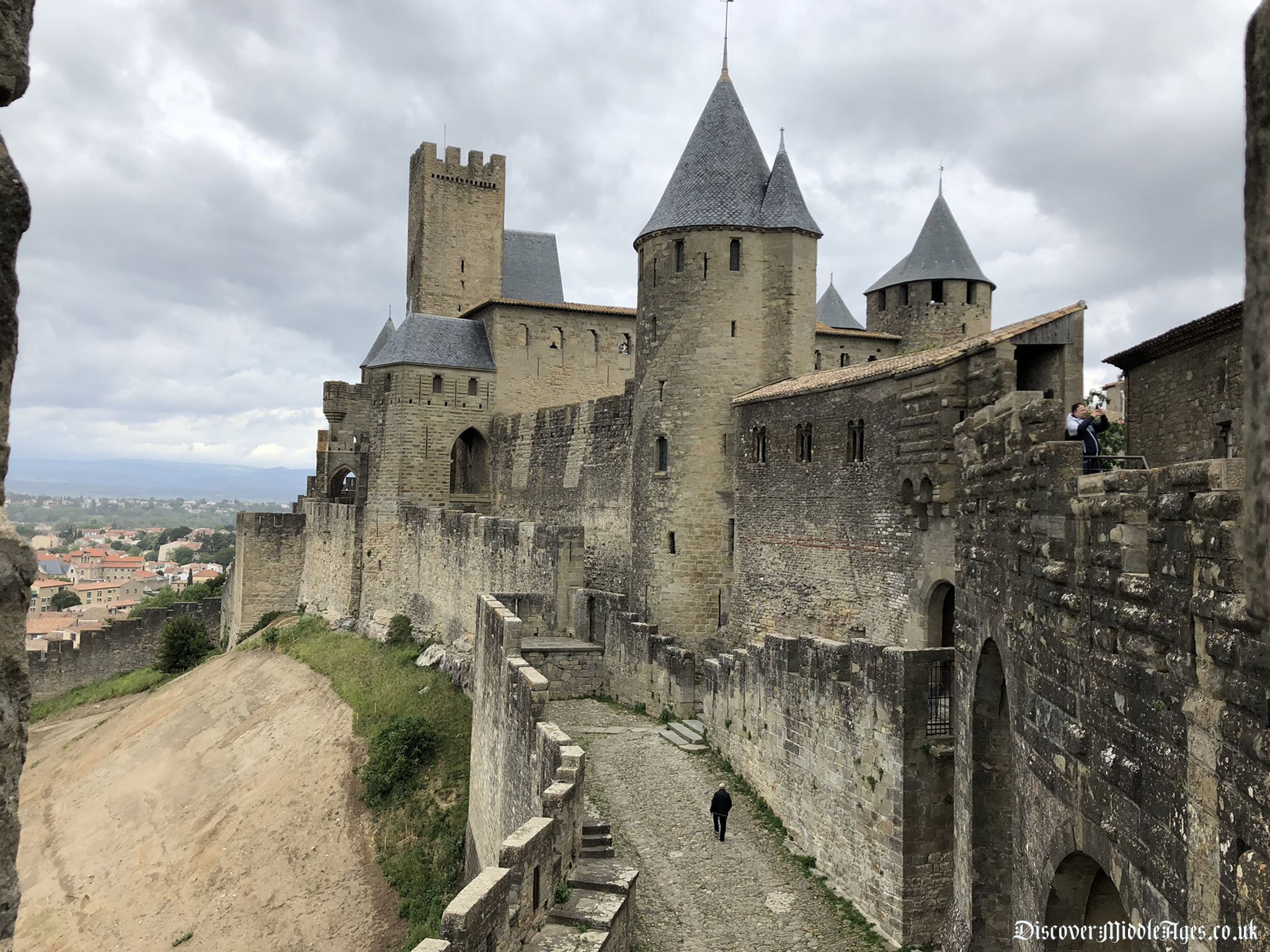
Medieval Inquisition
Carcassonne boasts an array of different towers, some roman but most medieval. In one of the roman towers, along the northern ramparts, the Dominicans held the Medieval Inquisition. This Inquisition was set up by Pope Innocent III, in the 13th century. It involved severe torture and terrible prison conditions, which aimed to root out the spread of Cathars and Waldensians. Followers of these religions were denounced by the Catholic church.
“You have created a prison called The Wall, which would be better called Hell...
...Many of them have lost the use of their limbs, because of the severity of the torture and are rendered entirely powerless. Life for them is an agony, and death a relief”
As you can imagine, the Medieval Inquisition soon became widely hated throughout the Languedoc by Jews, Cathars, Waldensians and Catholics, including local priests and bishops! The Inquisitors themselves required personal bodyguards in public.
Carcassonne and the Trencavel Family
Carcassonne came into the hands of the powerful, noble Trencavel family through marriage. Viscountess of Agde and Béziers, Ermengarde, wife of Raymond Roger de Trencavel, viscount of Albi and Nîmes, inherited Carcassonne in 1067. During their ownership, many changes were made to the Cité. Inside the great walls lies the medieval town. Winding, narrow streets lead to small open squares, and eventually to the castle keep. Beyond that is the Gothic Basilica of Saints Nazarius and Celsus.
The Château Comtal (the count's castle) was built in 1125, and is a symbol of feudal power. The vast gatehouse looms over the entrance bridge which spans a dry moat. The towers and walls are pierced with arrow slits, and there are wooden hoardings on the towers and walls to protect the defenders. This was the first time these were used on a castle.
There is a strong wind that blows across the valley, which the Carcassonne owners once took full advantage of. In 1467, windmills were placed on top of some of the towers, to harness this natural resource. However, unfortunately these are no longer present today.
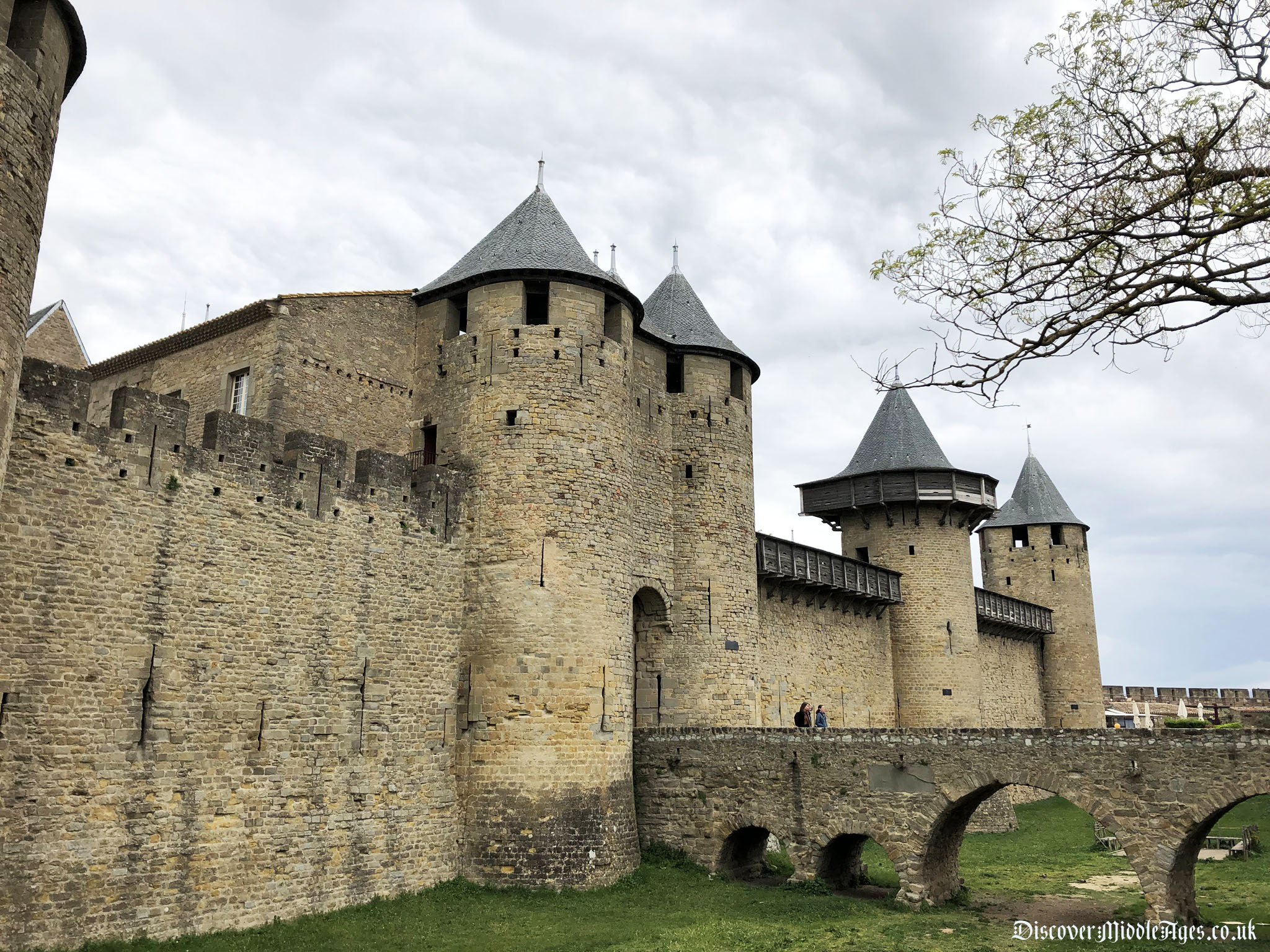
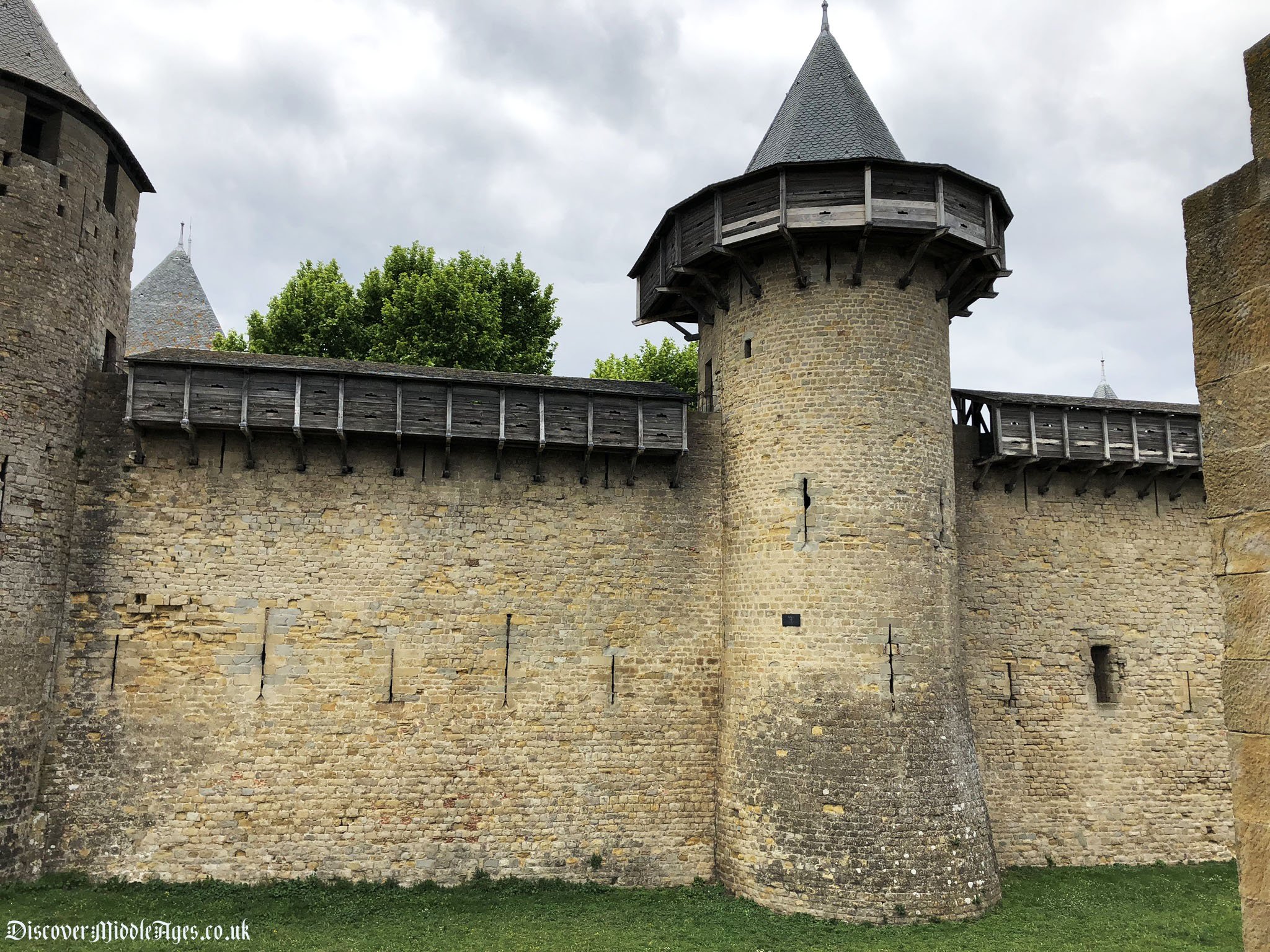

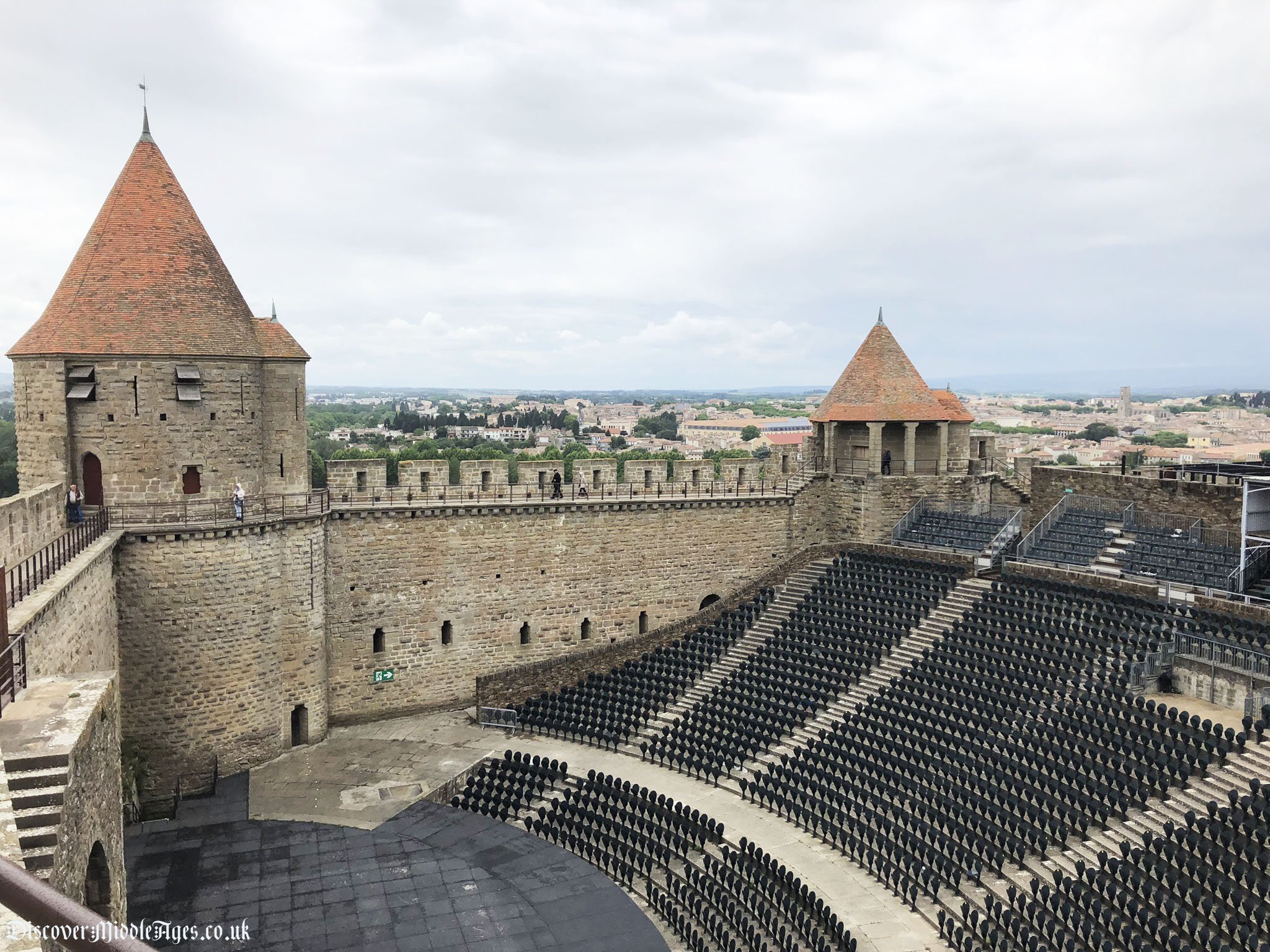
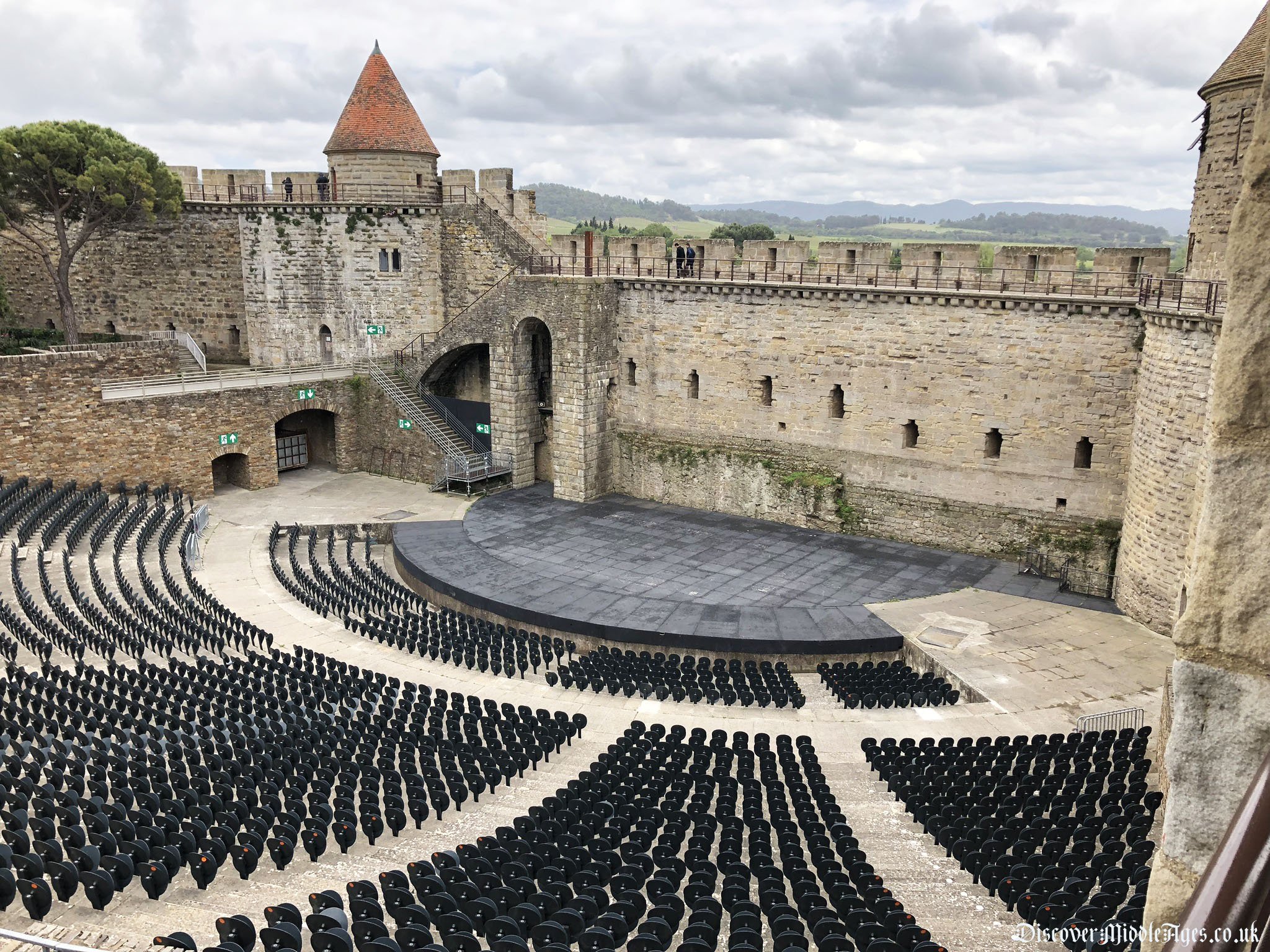
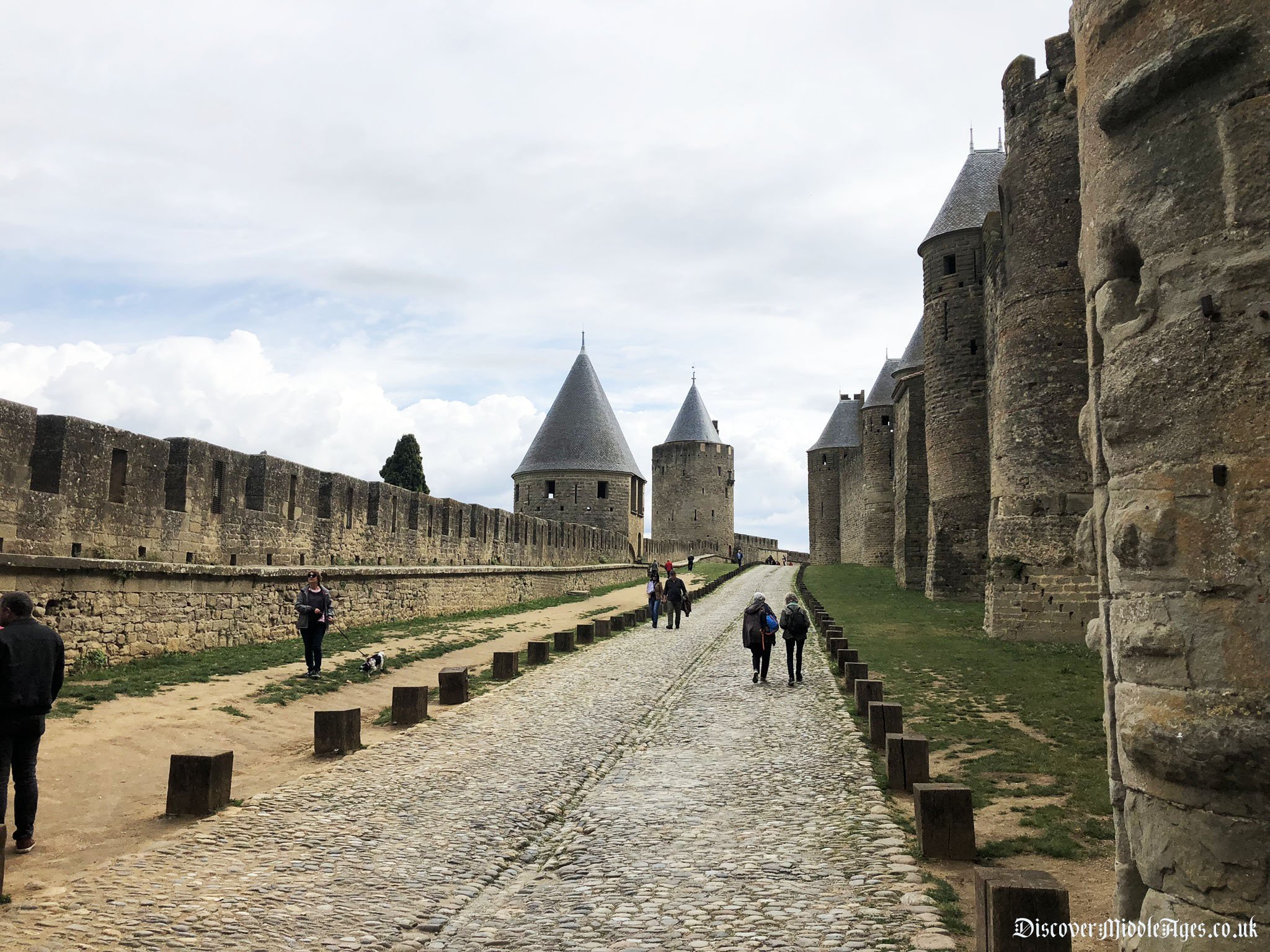
Albigensian Crusade and the Cathar Wars
Raymond Roger de Trencavel was a follower of the Cathar religion, and Carcassonne was well known to be a 'Cathar Castle', which the Catholics regarded as heresy. In 1208, the Catholic Pope, Innocent III, called for a Crusade against the Cathars of the Languedoc. The Albigensian Crusade was named after the city of Albi, 100km north of Carcassonne.
A year later, in 1209, after a massacre in Beziers, the Crusaders marched for Carcassonne and besieged the castle. Viscount Raymond Roger de Trencavel was imprisoned while negotiating his city's surrender. Three months later, he died under mysterious circumstances in his own dungeon. The inhabitants were forced to leave the citadel, but soon began building the neighbouring city, La Bastide Saint Louis.
Simon De Montfort, 5th Earl of Leicester
Simon de Montfort, 5th Earl of Leicester was a French nobleman, and father to the famous Simon de Montfort, 6th Earl of Leicester, who played a prominent role in the reign of King Henry III. After the victorious Albigensian Crusade, Simon de Montfort took charge of Caracassonne, and was appointed the new viscount. Carcassonne was more fortified than ever.
By 1226, however, the citadel had submitted to the rule of the French Kingdom, under King Louis VIII. But, determined to recapture his family's home, de Trencavel's son made a few attempts to retake it in 1240, but ultimately failed.
Not long after, in 1258, Carcassonne became a border fortress between France and Aragon, under the Treaty of Corbeil. Further fortifications were added to the outer walls by King Philip III, and five more fortresses were built along the Spanish border. These were known as "Carcassonne's five sons".
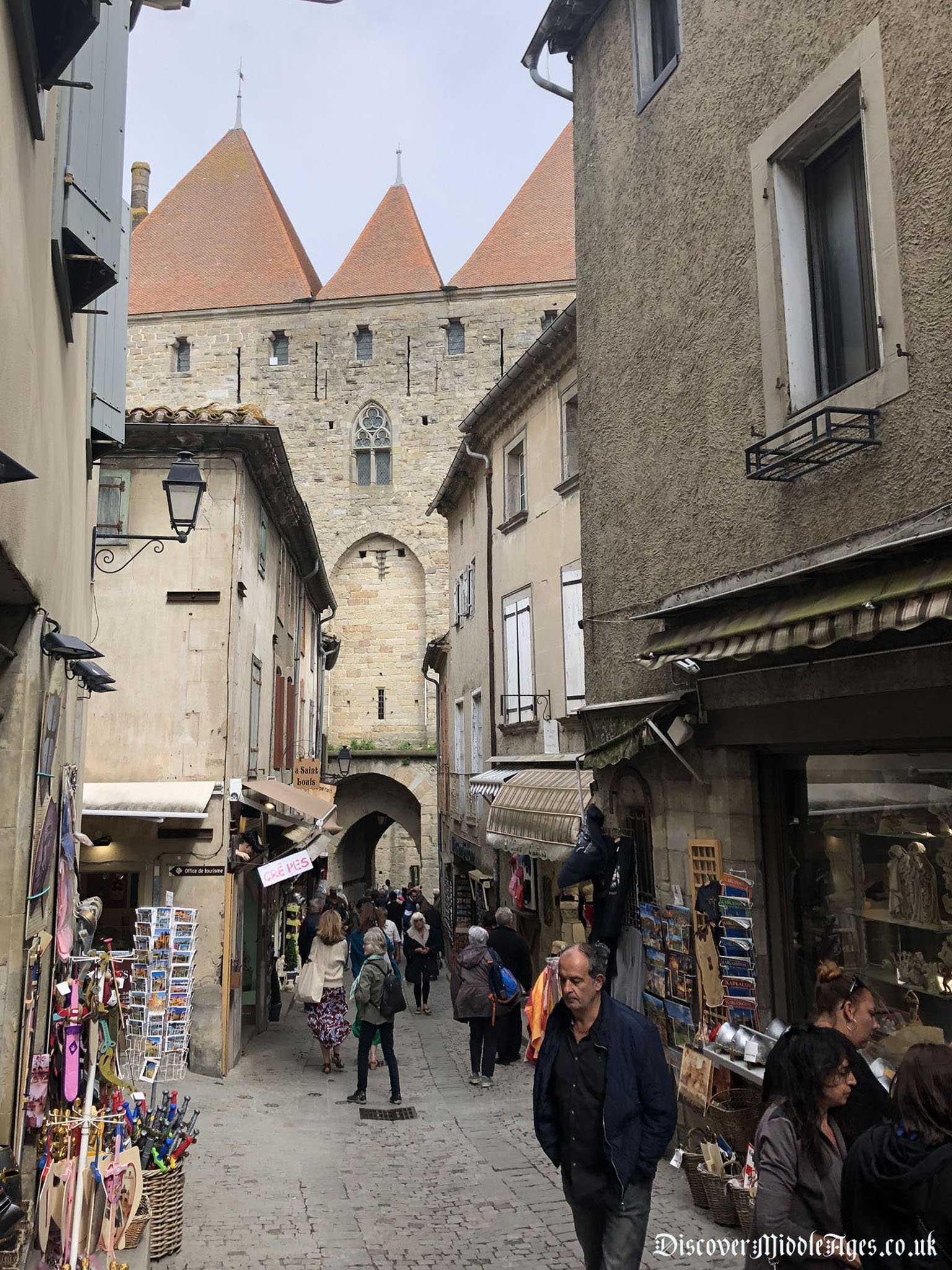
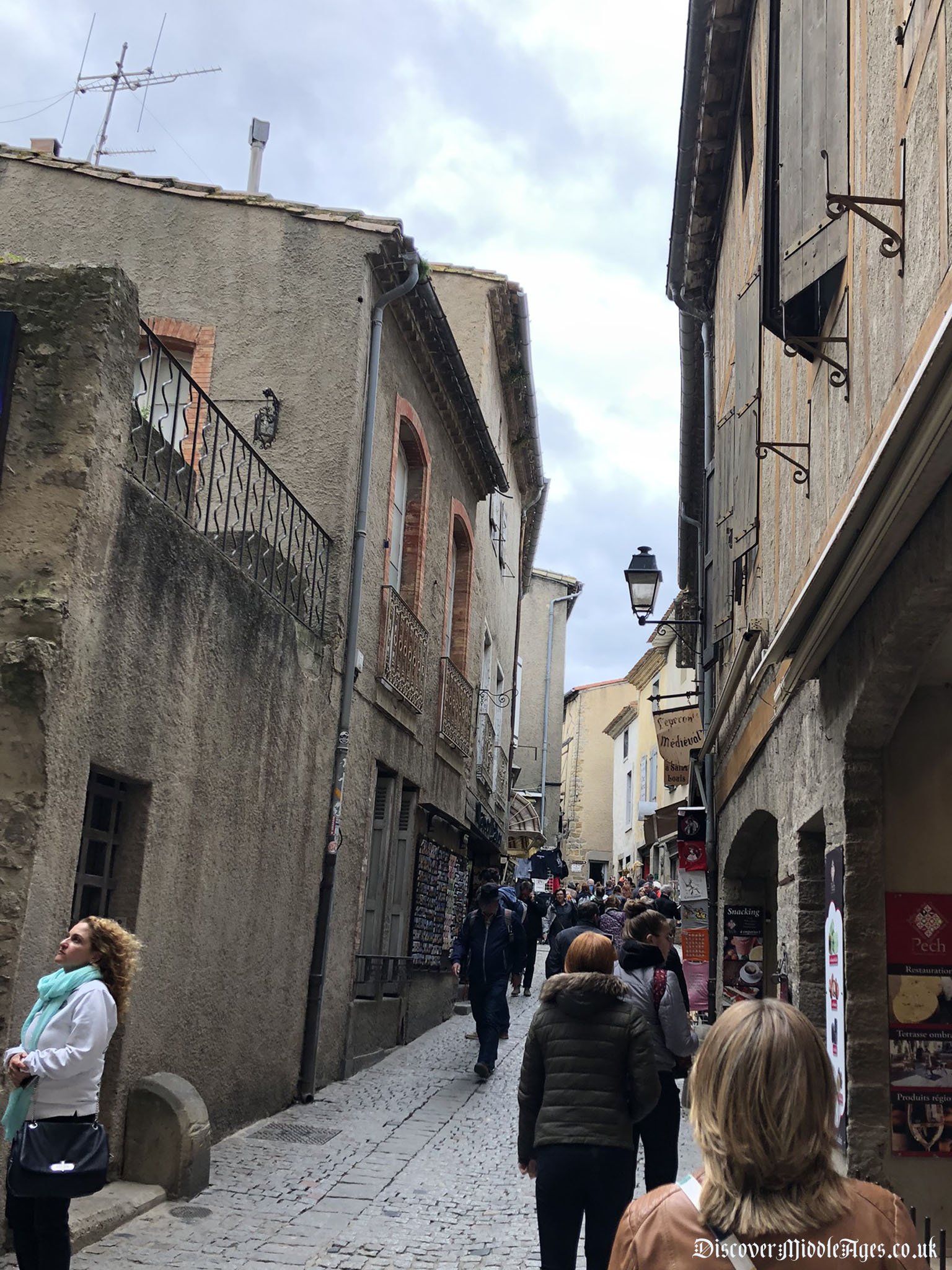
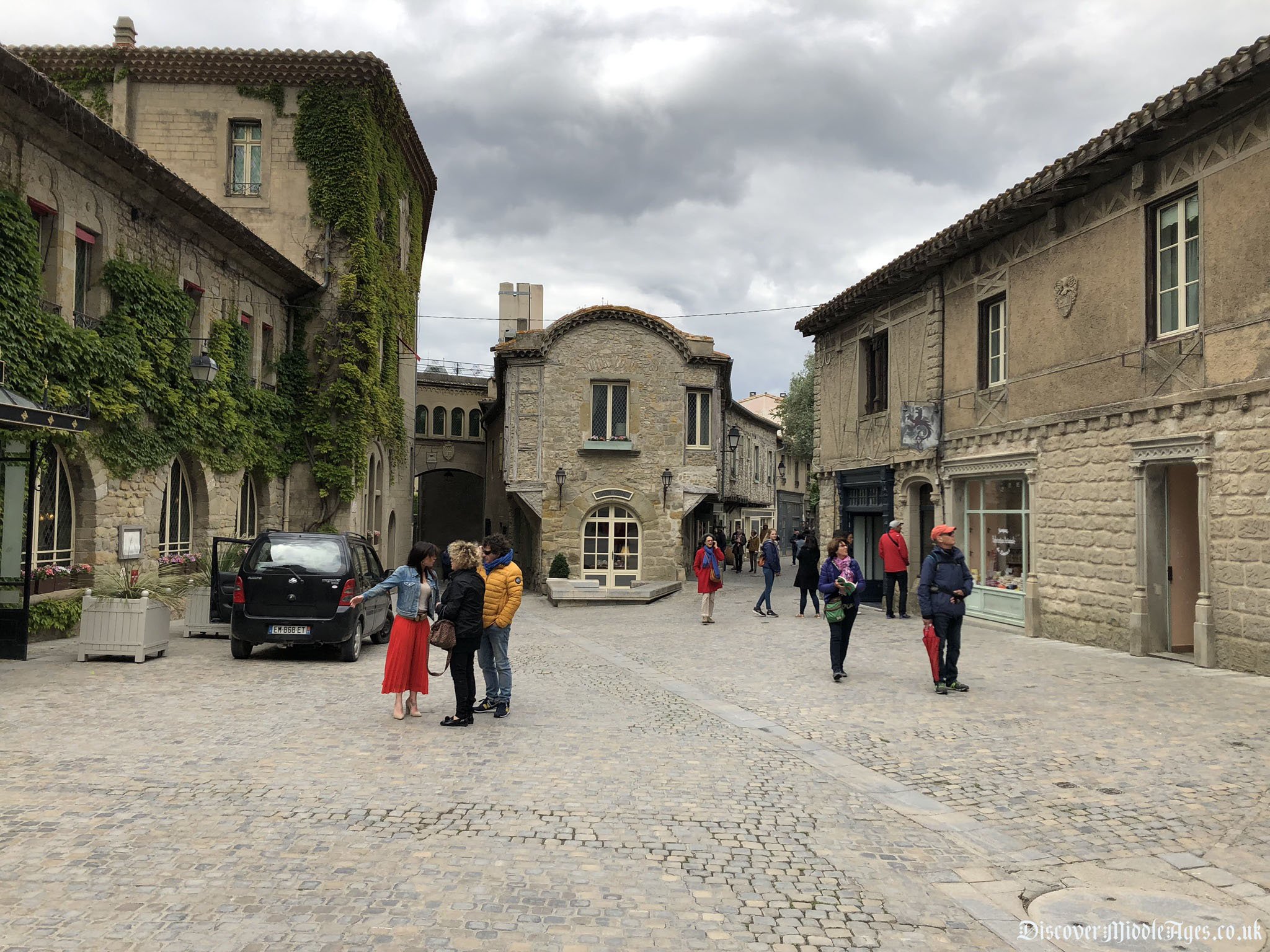
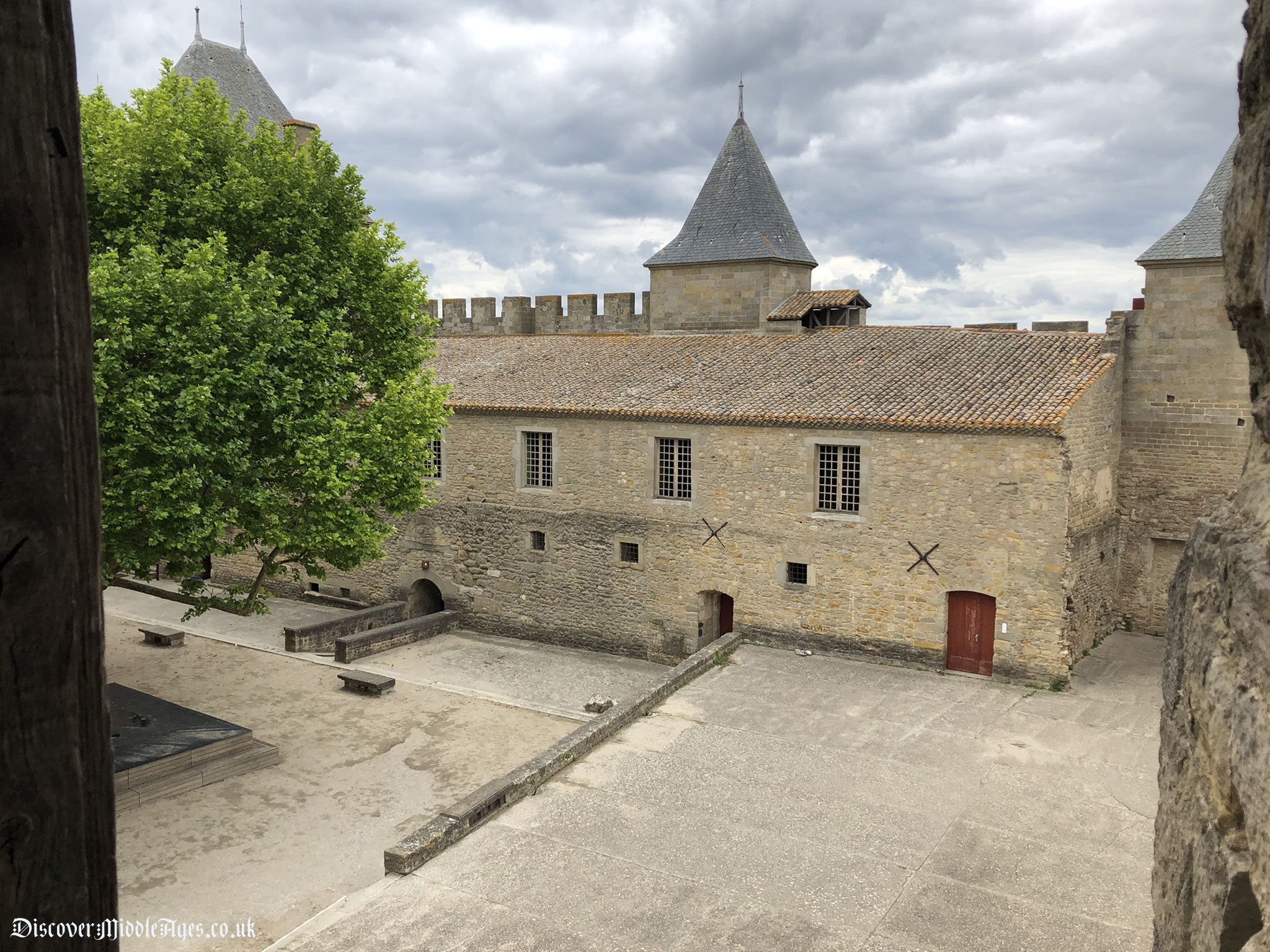

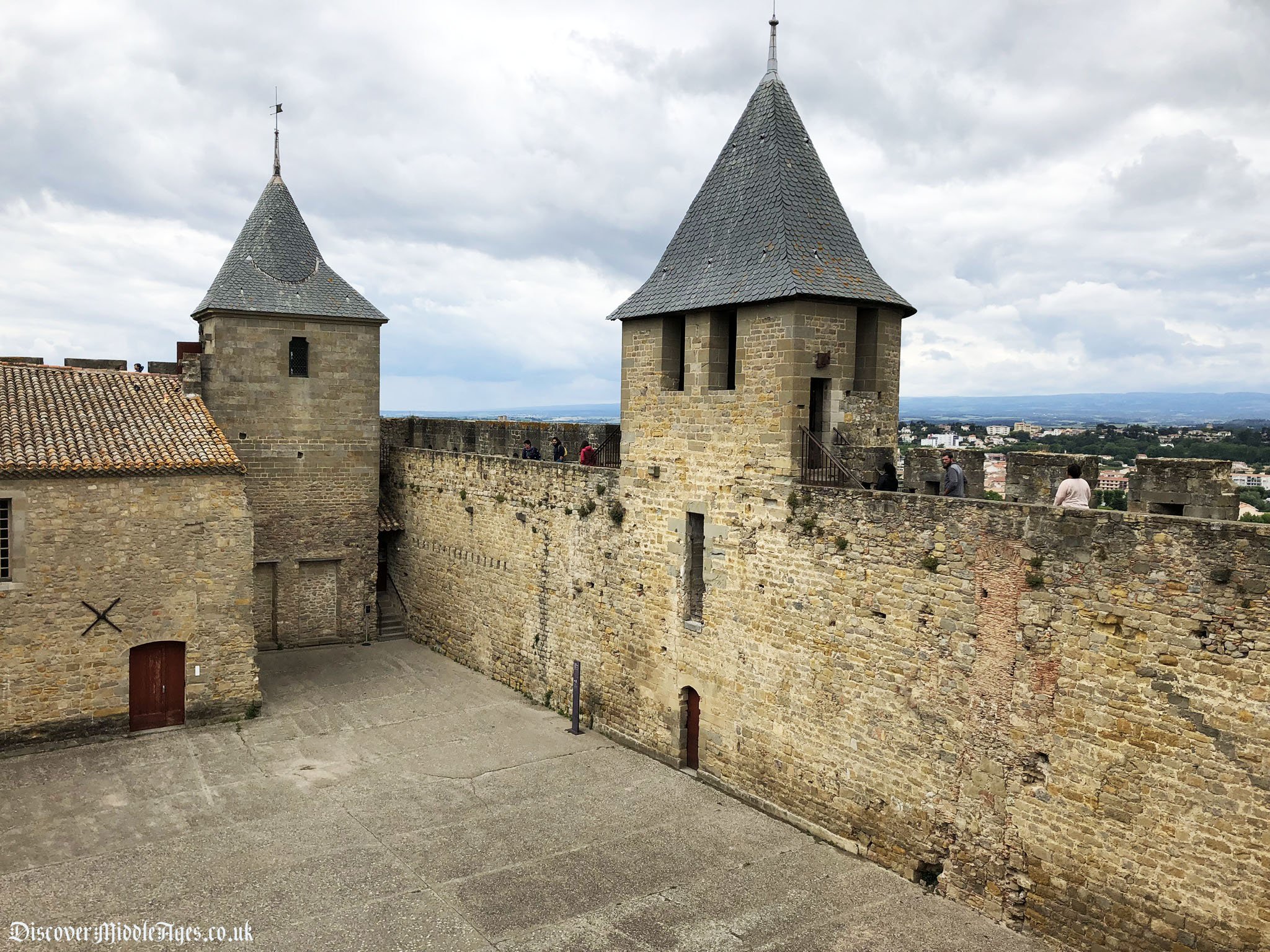
Edward the Black Prince
By now, with so many modifications to its defences, Carcassonne was deemed impregnable. However, this did not stop Edward the Black Prince's attempt to take the city, during the 100 years' war. In the 1355 Great Raid of the Aquitaine-Languedoc region, Edward lay siege to the citadel, after burning and pillaging the region. The lower town was destroyed, but Edward could not break the great city walls.
Carcassonne's Downfall - The Treaty of the Pyrenees
In 1659, the Treaty of the Pyrenees was signed, which ended the Franko-Spanish war. The county of the former Principality of Catalonia, Roussillon, was passed to France, which effectively moved the French border south. The border fortresses built centuries earlier, were now no longer required. This included Carcassonne, which lost its strategic value. The citadel was allowed to fall into disrepair, and under Napolean, it was removed from the list of official fortifications.
Carcassonne's Savour - Viollet-le-Duc
By 1849, Carcassonne was in such decay, that the French government decided to demolish it. However, locals strongly opposed this. Luckily, the Mayor of Carcassonne, Jean-Pierre Cros-Mayrevieille, was an antiquary. He and Prosper Mérimée, the first inspector of ancient monuments, led a campaign to preserve the fortress as a historical monument.
Eugene Viollet-le-Duc, a 19th century architect, was appointed to begin the huge restoration project. The works lasted more than 40 years, and two other architects, Paul Boeswillwald and Nodet, continued Viollet-le-Duc's work. Much of the Cité you see today is the work of these men, albeit based on the medieval and roman structure. The slate conical rooftops and drawbridge were among some of the controversial additions.
Carcassonne's Basilica of Saints Nazarius and Celsus
The Basilica of Saints Nazarius and Celsus lies within the Carcassonne citadel, on the original site of a Visigoths one (6th century). It is considered to be a French National Monument.
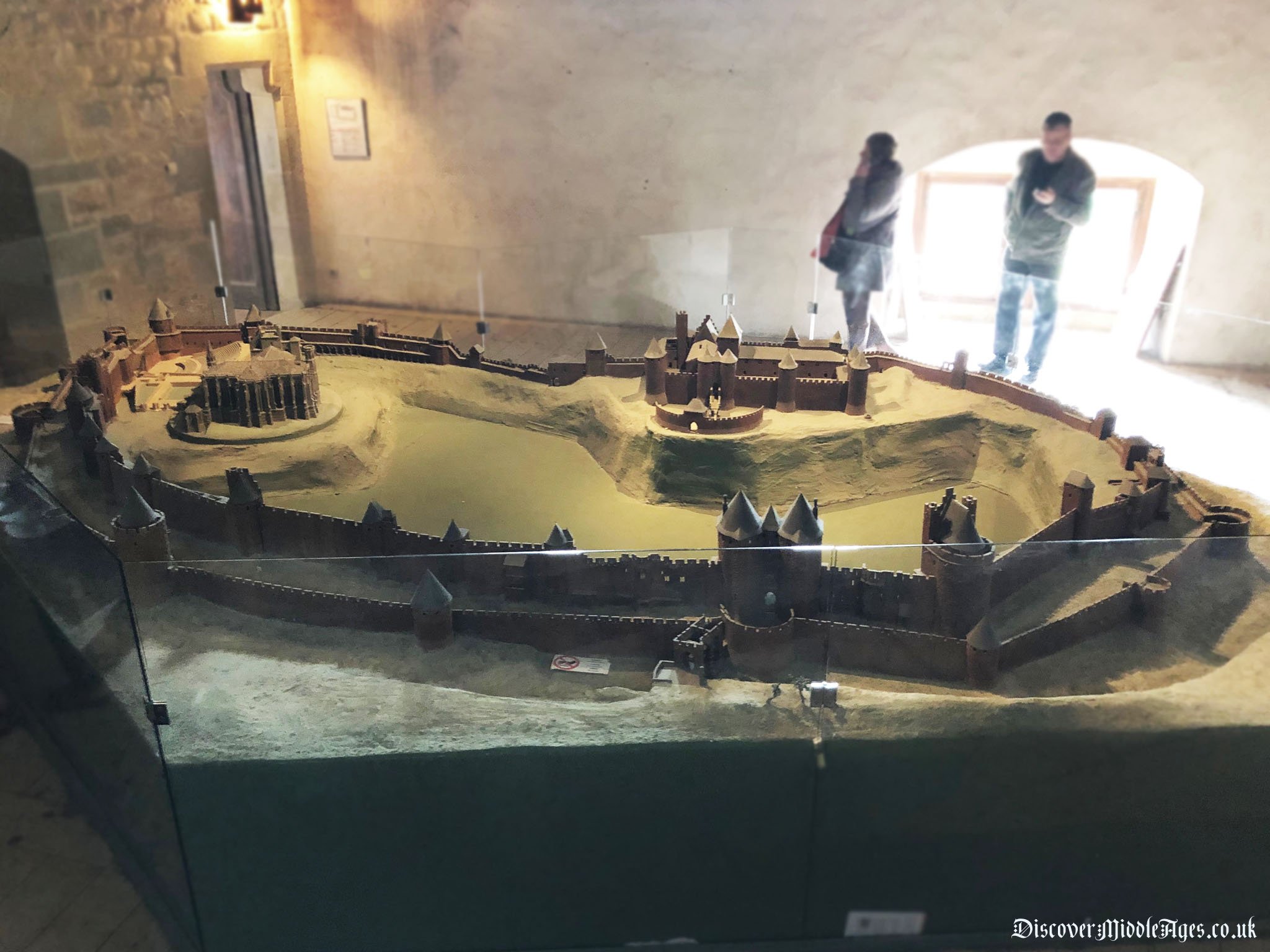

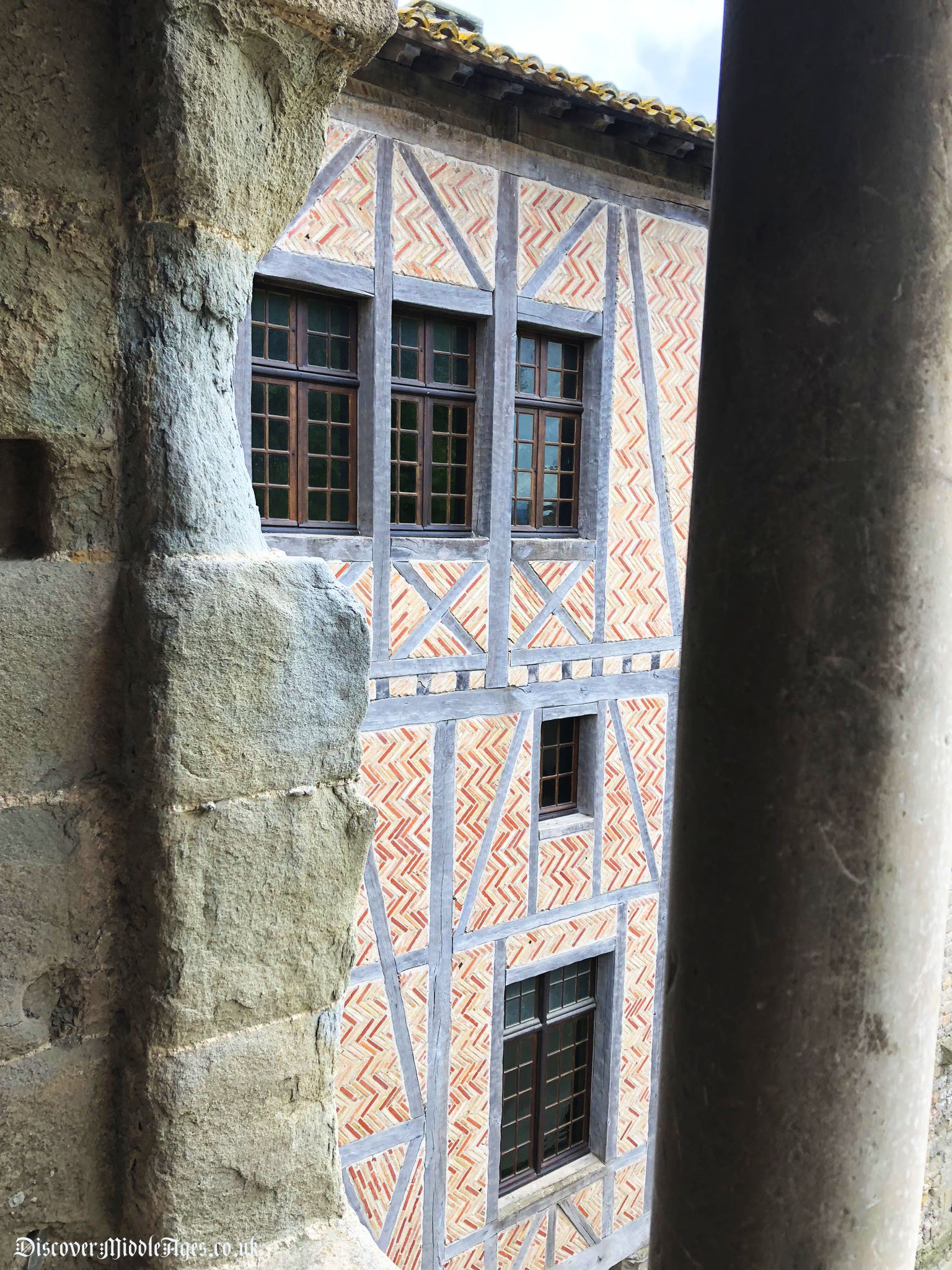
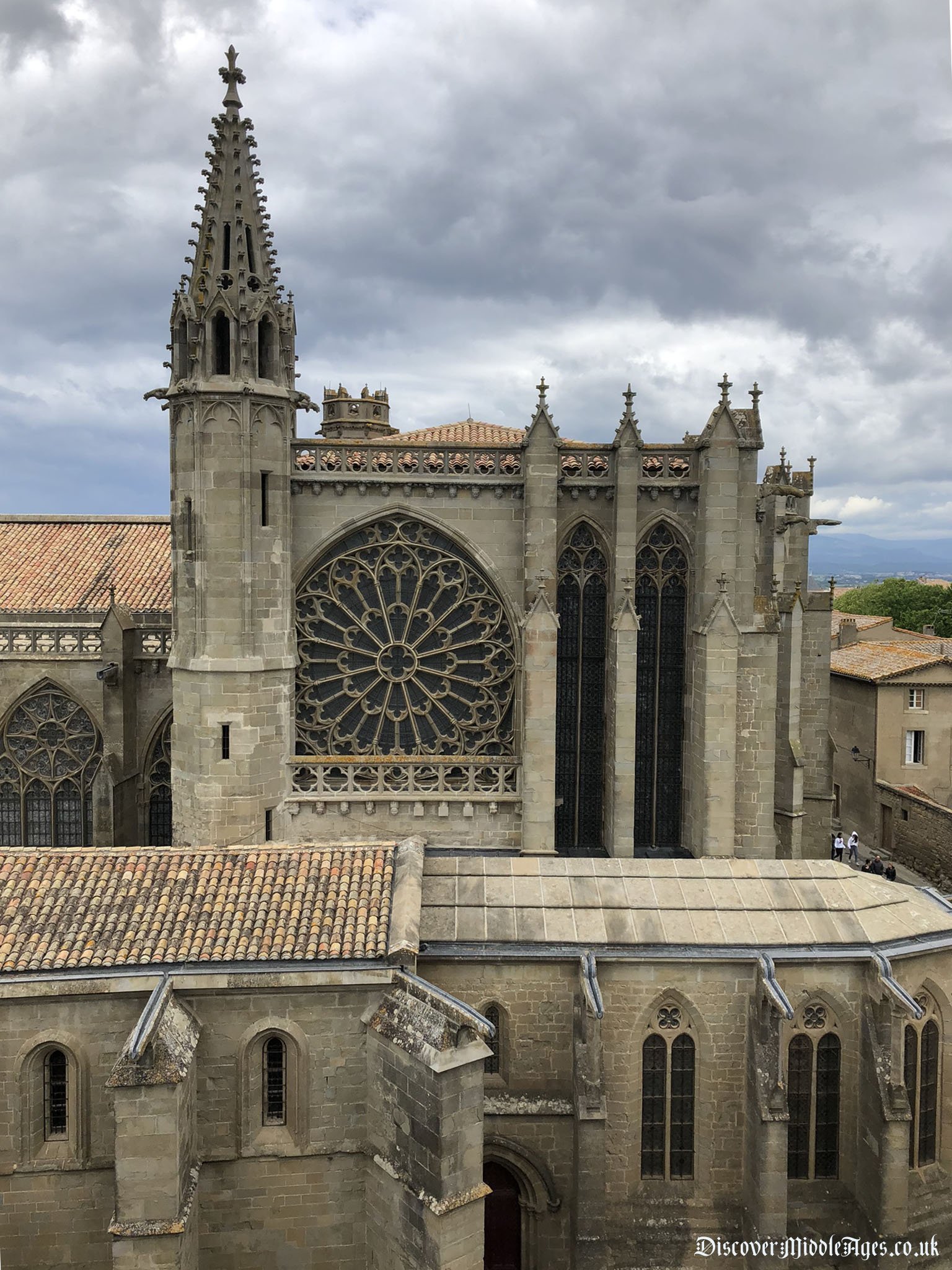
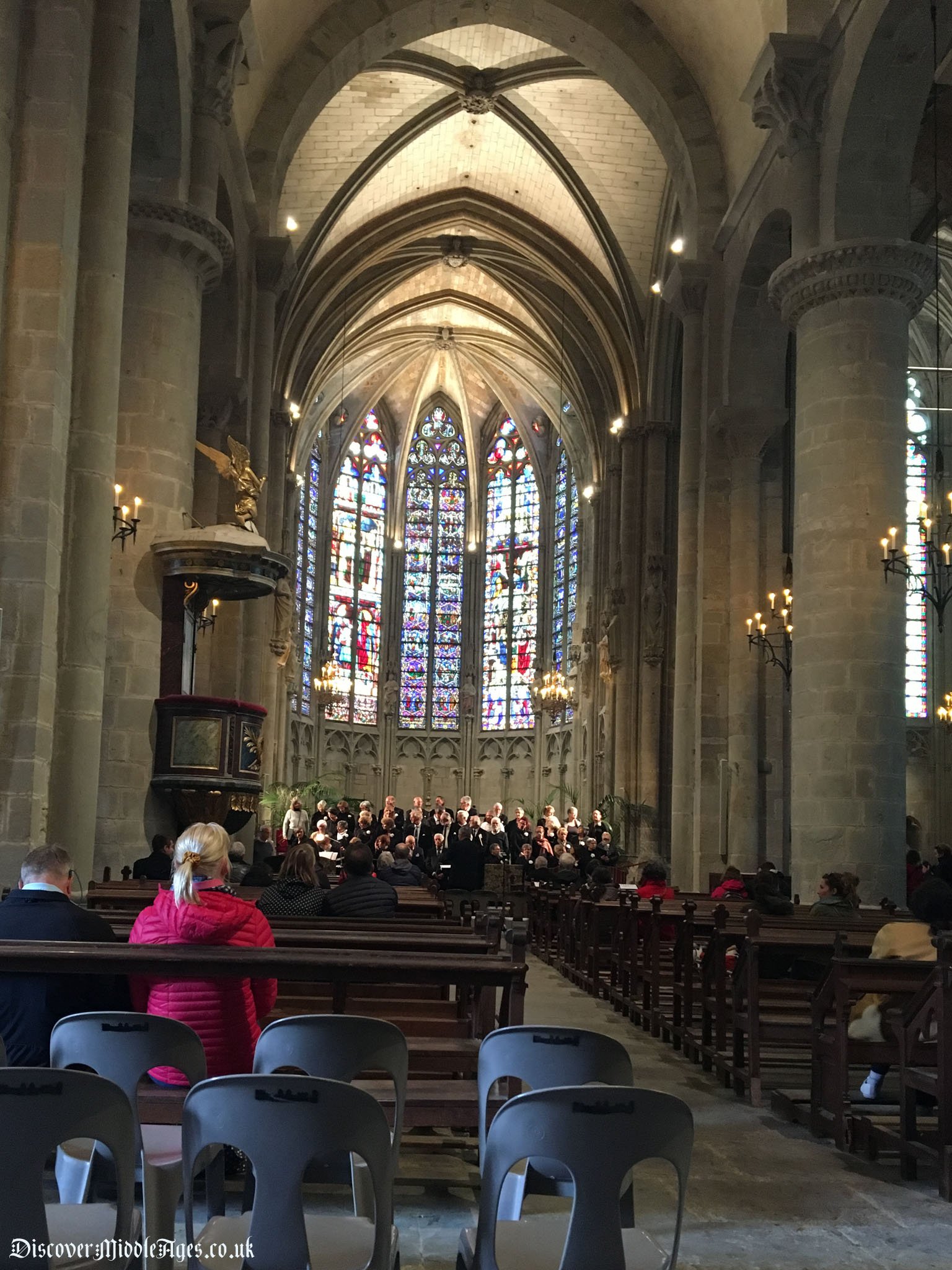
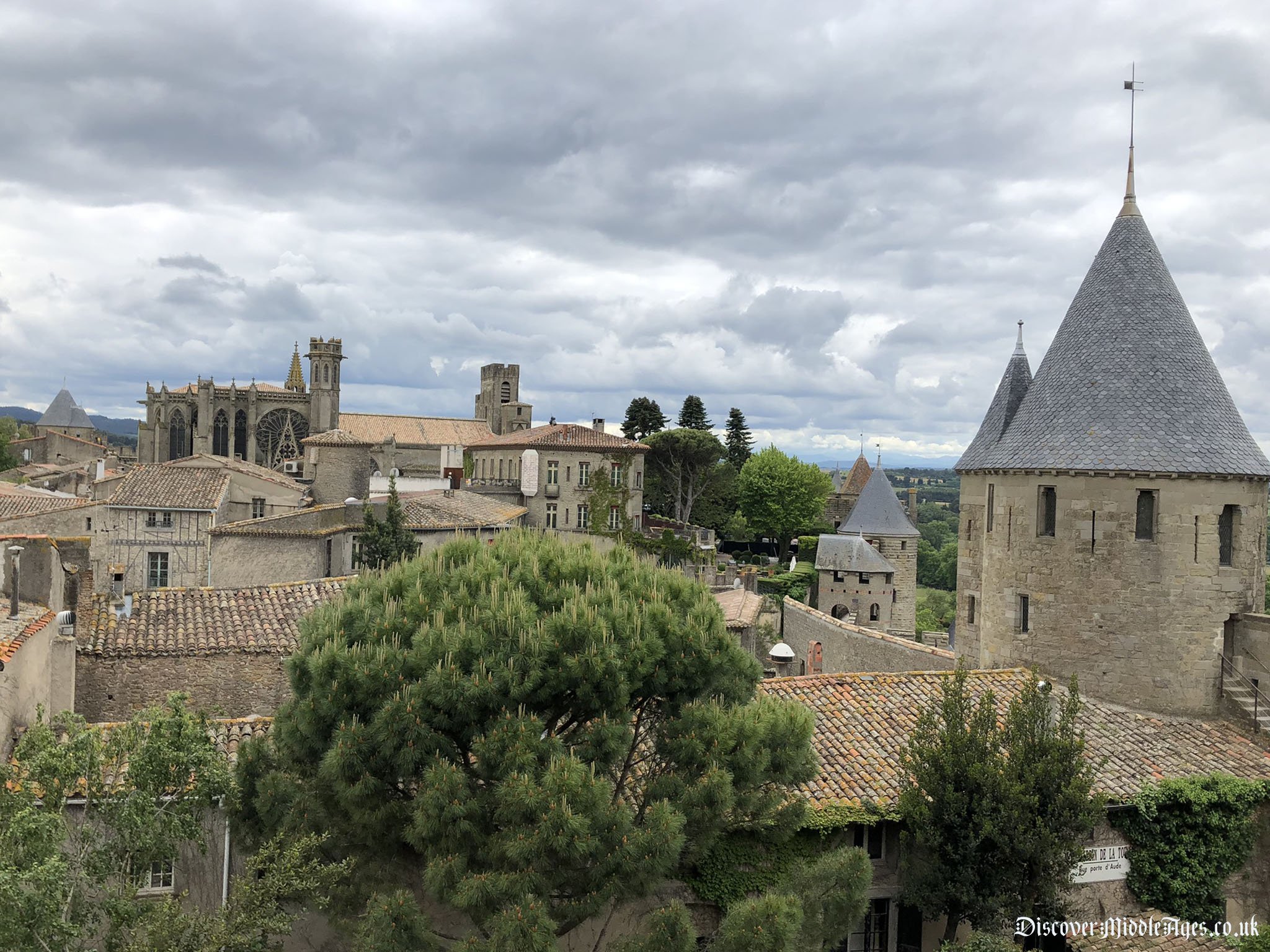
The church was completed in the 12th century, in a Romanesque style, and became Carcassonne's Cathedral. But during the Cathars Wars in the 13th century, much of it was destroyed. It was later reconstructed in a Gothic style, but as funds were short, some of the remaining Romanesque style were kept, which is why there is now a blend of the two styles. The stained glass windows are some of the best in France.
In 1803, the church lost its Cathedral status, which was transferred to St Michel's Church in the modern town of Carcassonne. But later on in 1898, Pope Leo XIII elevated the citadel's church to a Basilica.
La Bastide Saint Louis
Across the river, on the west side of the Aude, lies the (once) fortified La Bastide Saint Louis. This lesser-known city was built by the expelled inhabitants of the Cité of Carcassonne, in the 13th century. The citizens were no longer trusted to maintain the Cité, after the dispossession of the Trencavel family.


La Bastide consists of narrow, winding cobbled streets built in a grid layout around the main square, Place Carnot. The perimeter walls that once surrounded the city, have long gone. But there is still the old bridge, the Pont Vieux. It links La Bastide to La Cité, and dates back to the 14th century.
The bridge has provided a vital link between the two cities for centuries, and offers a great view of the Cité. Today, there is a new 19th century bridge to allow modern day traffic.
Visiting Carcassonne
Carcassonne is accessible just like any other city. For visiting information please visit: https://www.creme-de-languedoc.com/Languedoc/sightseeing/carcassonne-citadel.php
Address: Carcassonne, Aude, Occitanie, France
